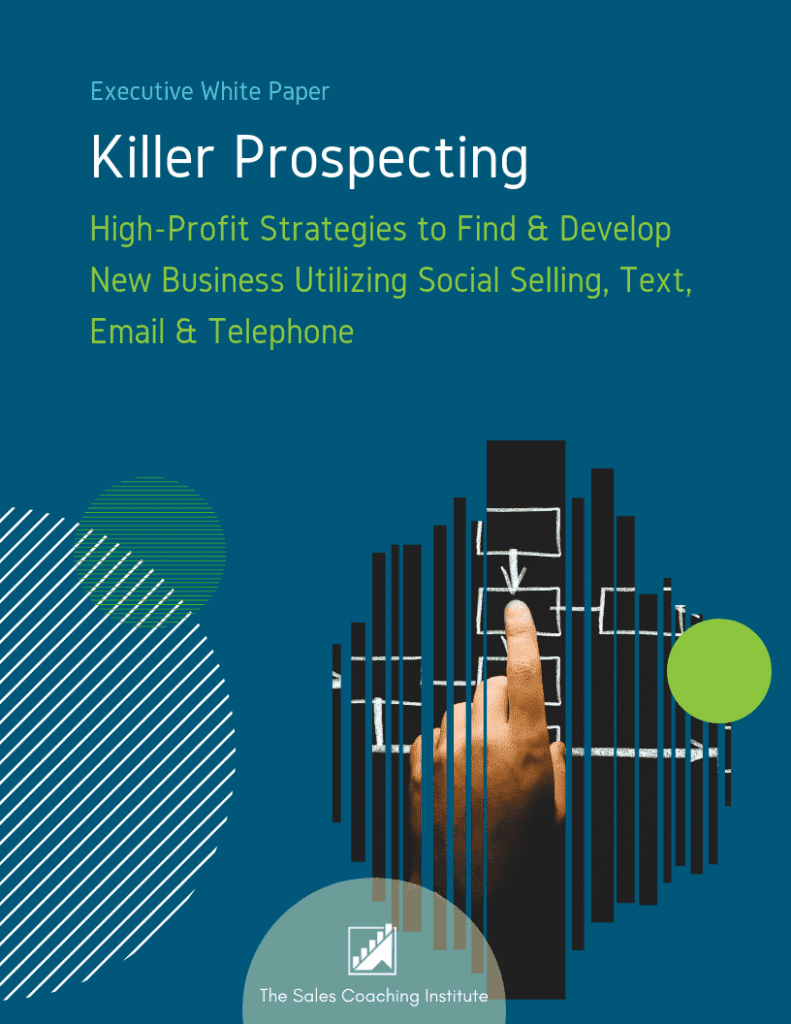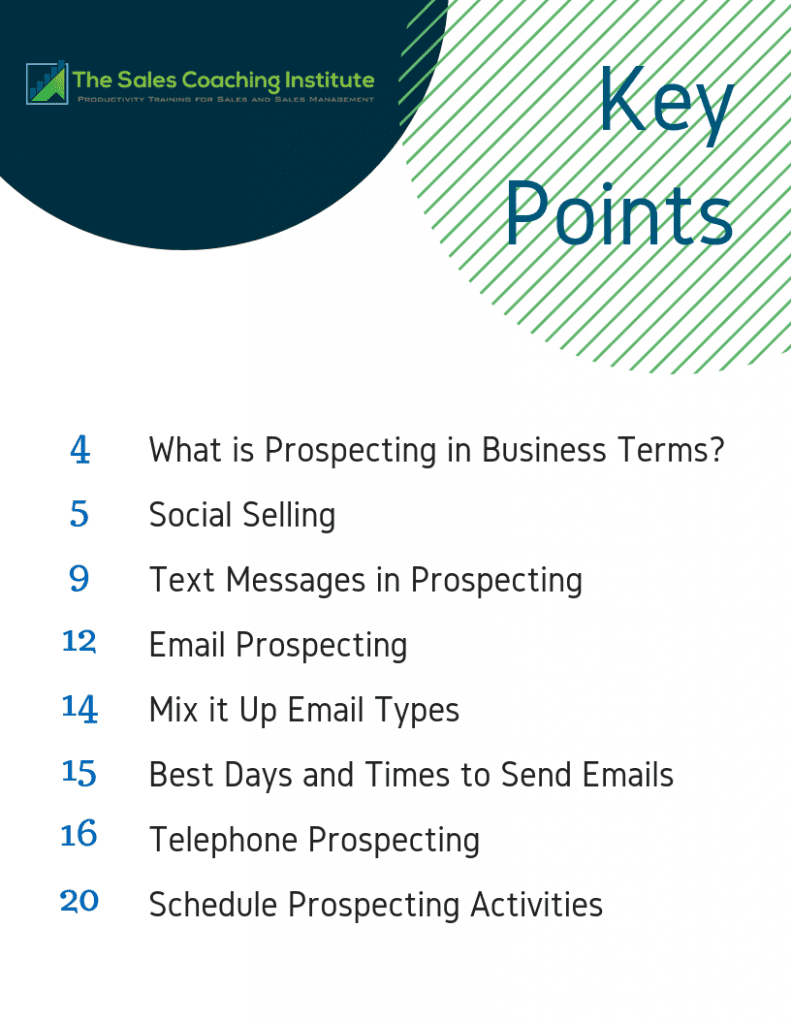Learn how to avoid sales malpractice for sustained success and long lasting client relationships. Sales reps have a few commonalities with doctors. When sales reps see a client they are there to solve a problem. Like a doctor your product/service is the medicine that will solve a problem for your client. And like a doctor sales reps need to ask the right questions to determine what product your clients need. When they do not ask the right questions, or worse do ask the questions but choose not to listen, you are providing your clients with the wrong “medicine”. In other words you are providing them with the wrong solution and they simply will not buy from your rep.
The Right Diagnosis
In order to serve your clients properly your team has to ask the right questions in order to provide clients with the right solution. Many clients will be able to provide information without too much prodding. However, if you have an arsenal of questions for your reps designed to zone in on the client’s needs, they will be able to make the right diagnosis in order to best serve that prospects needs. Just as a patient decides to take their medicine to feel better, a client will buy a product or service to ease their problems. Provide your sales team with proper sales training that will enable them to diagnose their prospects correctly, learn more about sales training here. This is a great first step in learning how to avoid sales malpractice.
The Right Explanation
A good doctor will review a patient’s condition with them and let them know some of the possible outcomes if they do not take proper care of their health issues. Likewise a good sales rep will have suggestions and answers and be able to use the possible negative outcomes of not having a certain product or service to explain why a client would benefit from what they are selling. The truth of the matter is that you can’t sell something that a client doesn’t need just like a doctor can’t prescribe a medicine or treatment a patient doesn’t need. Your reps can get away with it, but it will not do much for your company’s reputation or help you build a trusting long lasting repeat relationship with clients. Learn how your sales reps can improve their sales process by taking a sales skills assessment – Learn More Here.
Research and Answers
When your reps do their research they will often be able to discover the underlying causes of a client’s issues which in turn will put them in a better position to provide them with the best possible service or product to make their lives easier. Providing clients with services that make their lives easier leads to healthy relationships.
URB
Keynote speaker and sales trainer Doug Dvorak uses 20 years of sales and sales training experience to help sales teams reach their full potential and stay focused on success. Visit salescoach.us for information.









